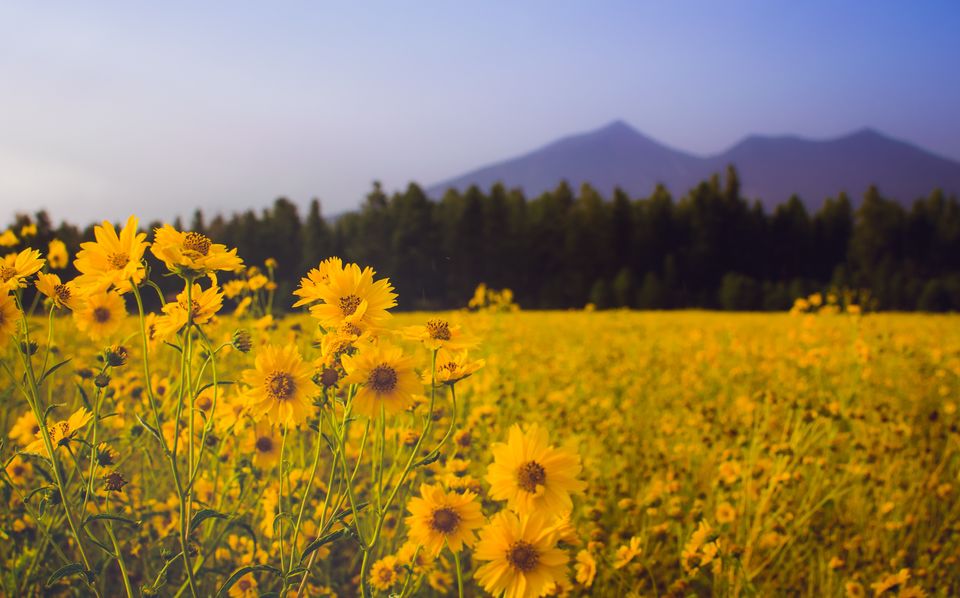
For
200 kilometres, the road from Jammu to Bhaderwah, slips, slithers and
snakes through some of India's most jaw-dropping terrains. Forested
slopes and decrepit tuck shops pass by in an ivy green blur, and the
reticent river, Neeru, glistens away into the horizon. And after five
languorous hours and 40 odd minutes, the bowl-shaped valley of Bhaderwah
comes into view.
Sitting on the foothills of the middle Himalayas, the town sits at a lofty 5,295ft and has been monikered very aptly as Chhota Kashmir (mini
Kashmir). The deodar forests are deep and shrouded in silence, and its
meadows are swathed with fuchsia rhododendrons. There's history, rife
with both local legends and political fervour. But what will cause you
to lose your heart in mere seconds to the once sleepy valley, is its
snow-dusted mountains. Perpetually shimmering under the winter sun, they
beckon travellers from across the world, making it near impossible to
leave.
Why travel to Bhaderwah
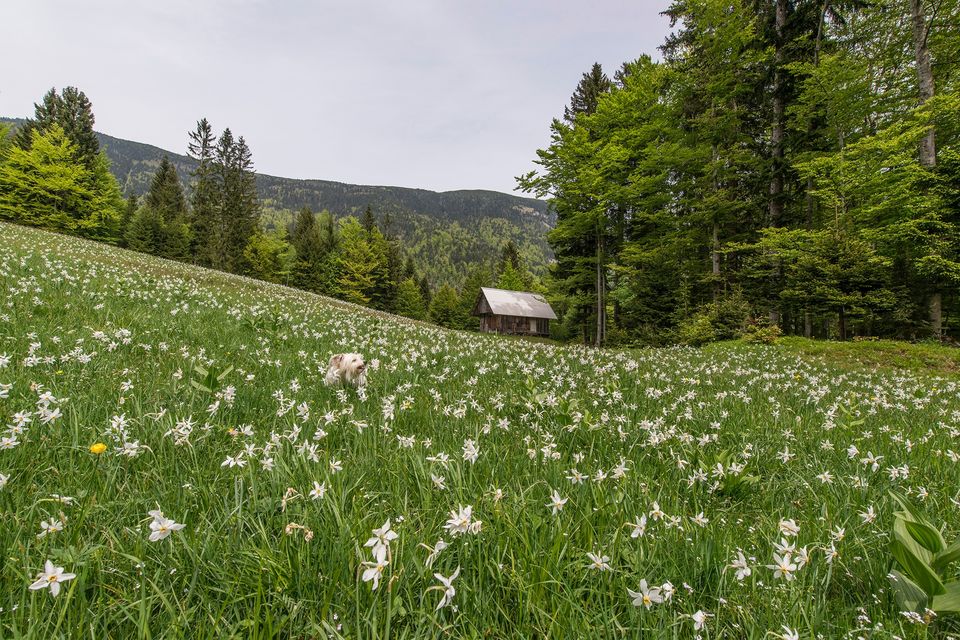
Tucked
away in Jammu and Kahmir's Doda district, Bhaderwah owes its bounteous
beauty to the few hundred unchristened rivers clinging precariously to
the mountainsides, alpine valleys dotted with centuries-old temples and
elfin chai shops, and snow-capped peaks completely devoid of any worldly traps.
For enlightening temple-hopping trails
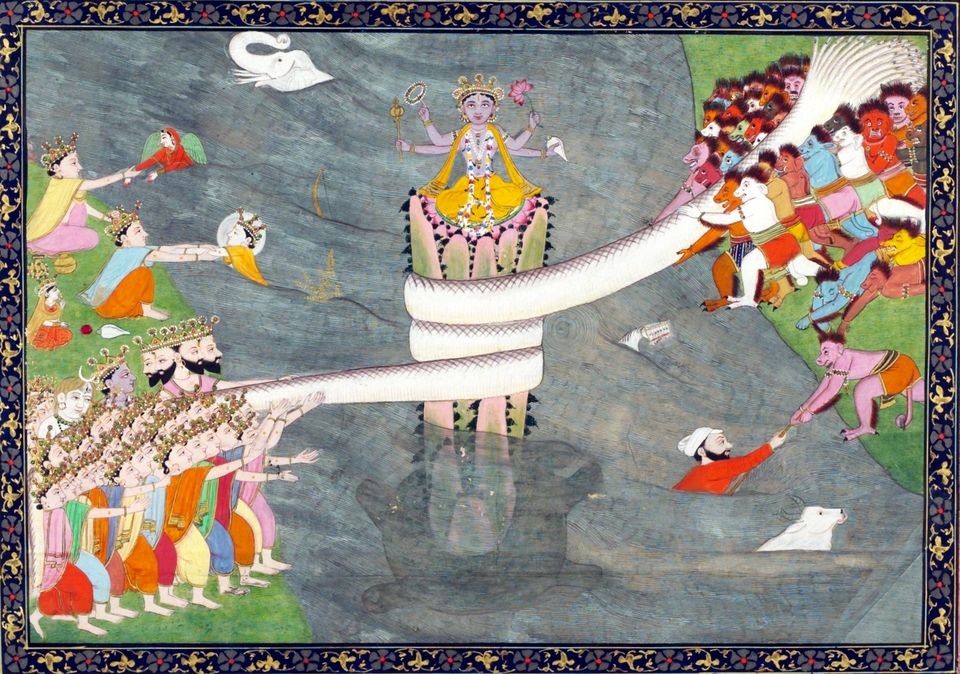
A
paragon of architecture, this temple houses twin idols of Raja Jamute
Vahan and Naagraj Vasuki, carved out of a single stone. These time-worn
statues inclined at 87 degrees, date back to the 11th century. The
temple is three kilometres away from Bhaderwah's city centre and
thronged by pilgrims all year round.
Gupt Ganga Temple
Devoted to Lord Shiva, this shrine is believed to be the resting place of the Pandavas,
of the Mahabharata fame, during their days of exile. Engraved with
Bhim's footprint, one of the rocks found on the premises is locally
worshipped and draws religious tourists and curious travellers in equal
measure. Sitting on the banks of river Neeru, this temple is constructed
entirely out of stone. Its peculiar name is derived from a local
legend, that river Ganga fell on the Shiva lingam and thereafter,
disappeared abruptly.
Chandi
Mata is another local favourite. The Hindu shrine is awash with garish
colours and worships Goddess Chandi. Perched at 10,000ft above the
Machail village, the octagonal temple is a pit stop for the illustrious
pilgrimage trail of Machail Yatra.
For a motley of meadows, peaks and valleys
Chinta Valley
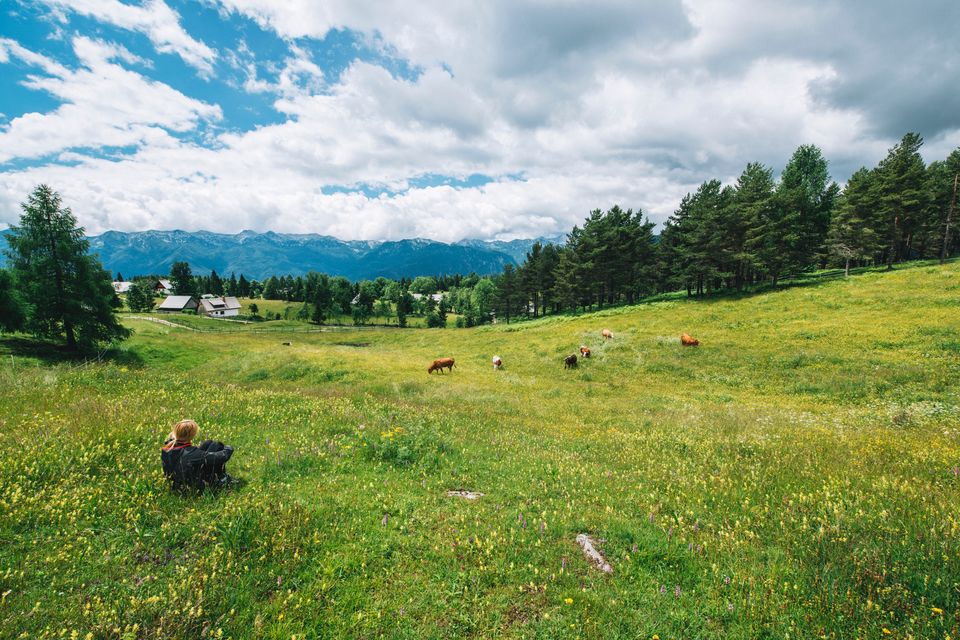
At
an elevation of 6,500ft, the sylvan valley is laden with conifers. One
can go horse-riding from the regions of Baggan to Thuba and later visit
the archaic Shiva temple nearby. The Subarnag peak trek starts from the
Bhadarwah-Chinta road, and the valley also offers plenty of skiing
opportunities.
Seoj Meadow
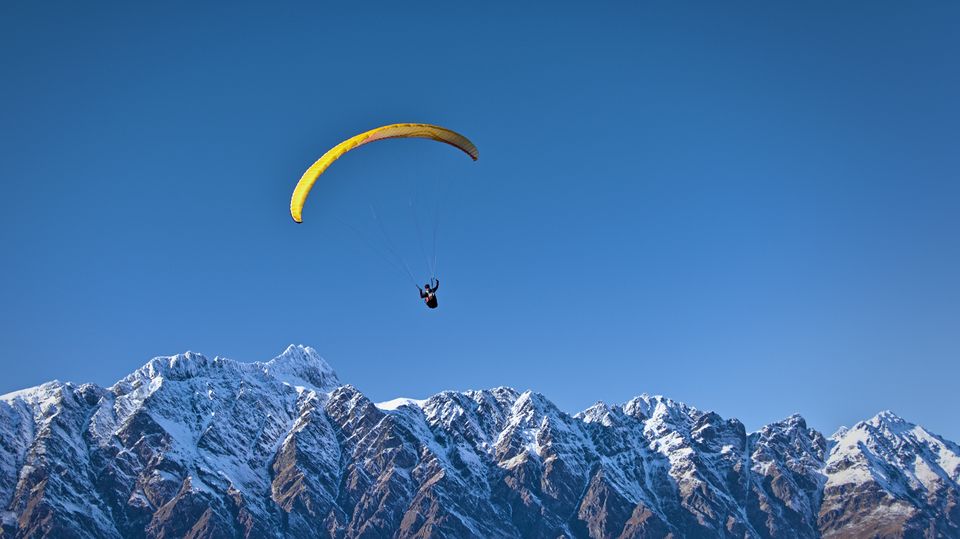
A
canvas of serenity – the grasslands of Seoj are encompassed by dizzying
mountains that are home to the sacred peak of Kailash Kund on the south
and a choppy rivulet on the west. Locally known as Seoj Dhar, the
meadow acts as the camping grounds for the Kailash Yatra pilgrims. While
here, adventure enthusiasts should book a thrilling paragliding trip
that will take them across the ridiculously beautiful terrains of
Bhaderwah.
Padri
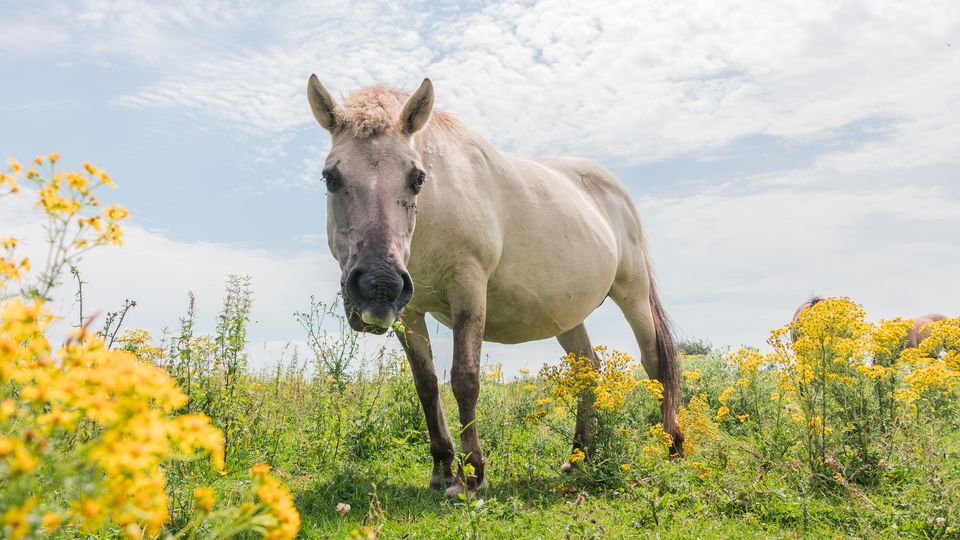
At
10,500ft, it's the highest point on the Bhadarwah-Chamba road. Pack a
picnic lunch and clamber aboard one of the interstate buses to Padri.
Carpeted by wildflowers and grass, it's teeming with pilgrims in the
month of July, when the Mani-Mahesh Yatra begins.
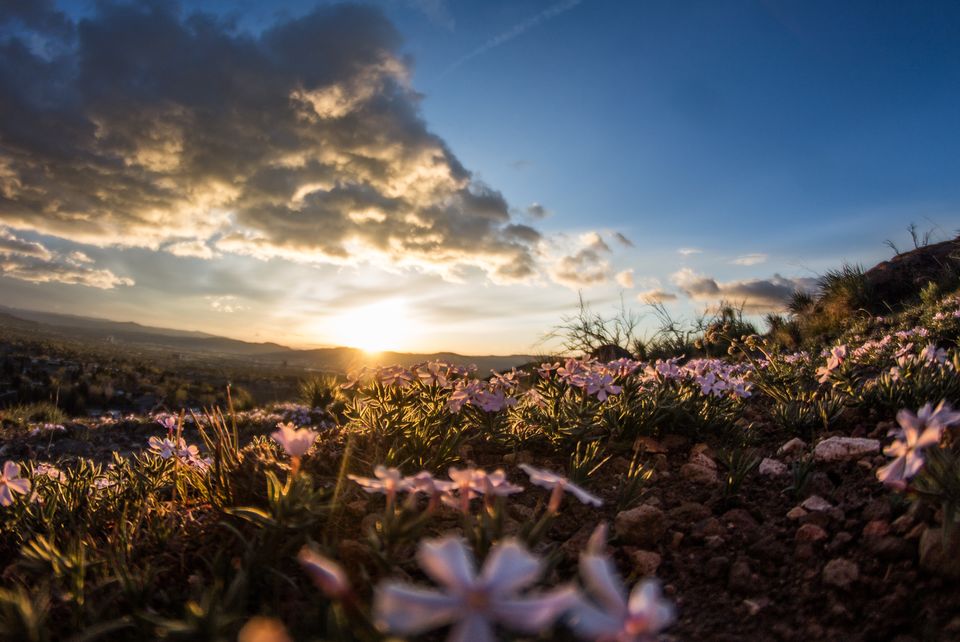
No comments:
Post a Comment